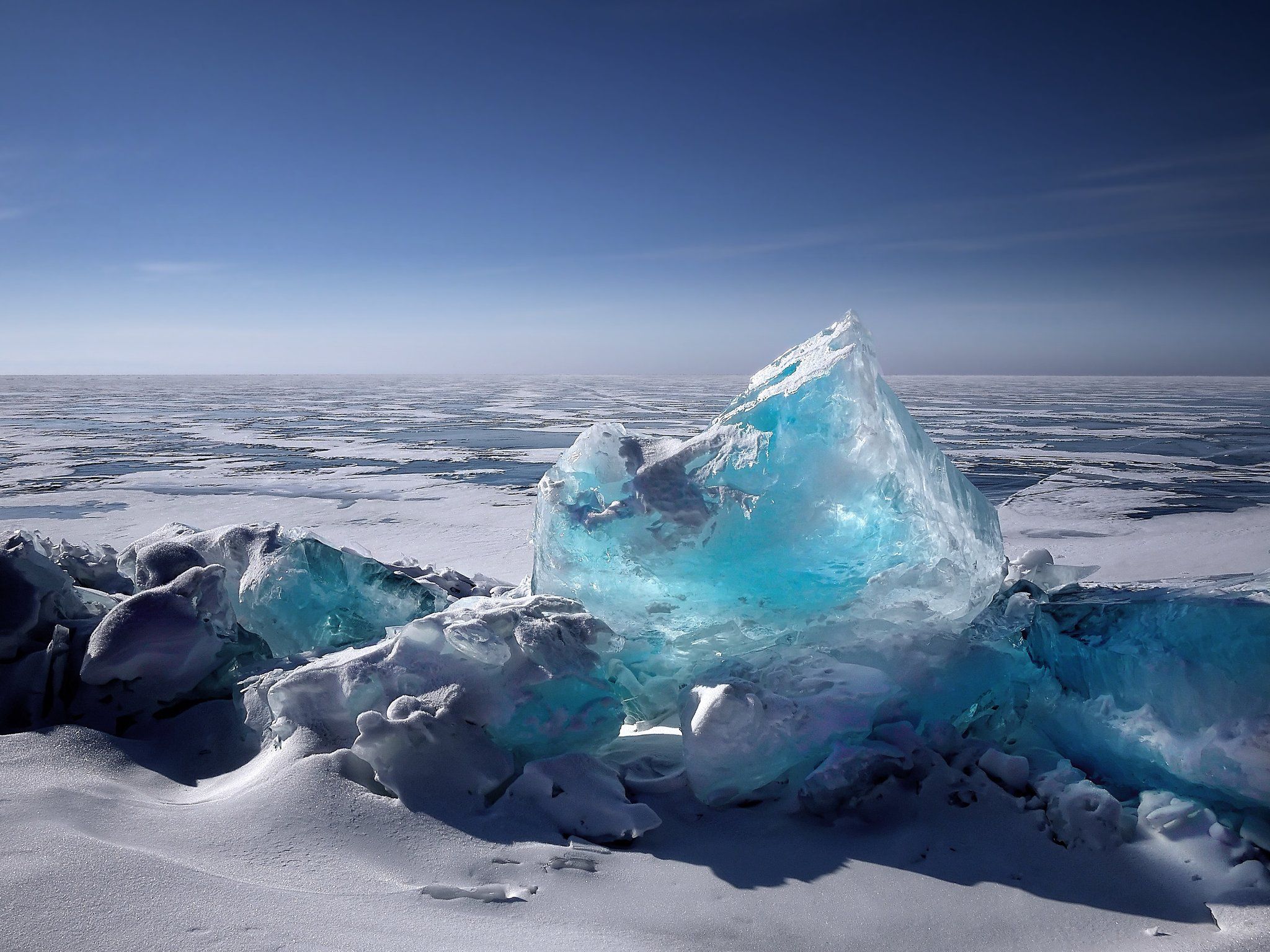Frost itself doesn t do any damage but once it melts things get wet and then damage occurs.
Frost in attic melting.
Melting frost can lead to deteriorated roof sheathing.
The more humid a house is the more frost you ll find in the attic.
Then it freezes against the wood and all of a sudden you have frost.
Frost and ice can go straight from a solid state to a vapor and cold outside air is frequently very dry.
I ve blogged about attic air.
Melting frost can lead to deteriorated roof sheathing mold on the roof sheathing wet insulation and water stains on the ceilings.
If the ventilation is working and the source of moisture has been eliminated the current frost and moisture will evaporate hopefully before it melts and drips.
When the outside temperature rises again the frost thaws water collects and can leak into your house.
More indoor humidity more frost in the attic.
This post is largely a re blog of my last post on attic frost but that was from 2013 and it s time for a reminder about all of this.
Why is there ice in my roof.
While crawling in attics i often see a few drips here or there in the insulation where you can see evidence of minor frost melt.
It s rarely enough to cause a problem because the insulation sucks it up small quantities of water like a dry sponge.
House pressure affects.
How to prevent frost in the attic frost comes from air leaks.
Then the air condensates on the wood of the interior of your roof which is the coldest part of the attic.
During winter conditions attic frost is a problem associated with attic bypasses.
Frost gets into the attic from air leaks or attic bypasses.
When warm air from inside the house escapes traveling up through the bypasses the moisture condenses on the roof boards and rafters where the frost can form.
When moisture gets into the attic it condenses on the roof sheathing in the form of frost.
The humid air in your home rises to the top of your home the attic when the temperature gets too low.

